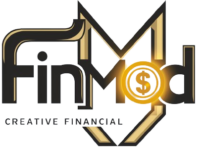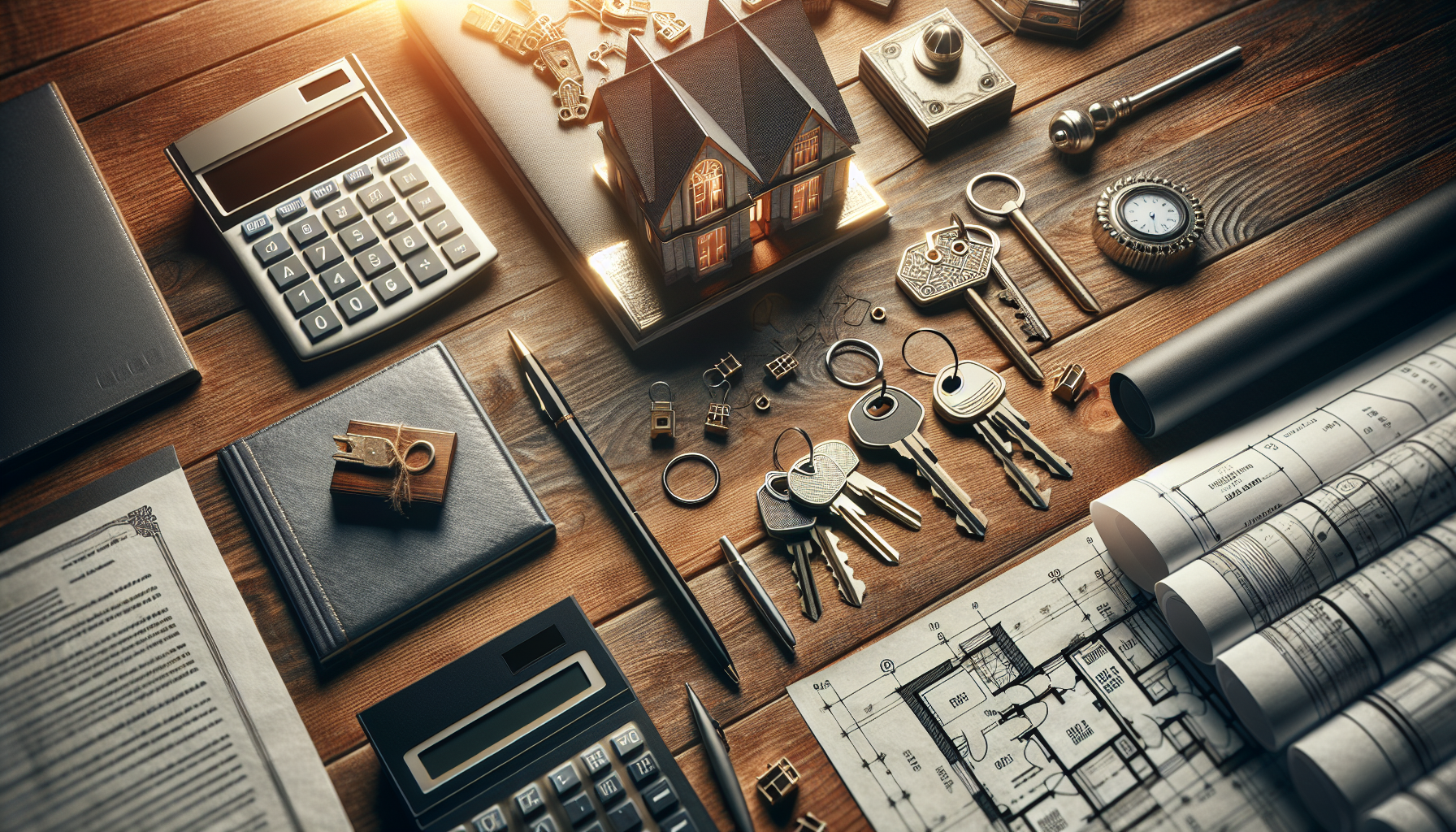Understanding Government-Backed Loans for Zero Down Payment
Buying a home with no money down may seem like an impossible dream, but it’s actually a reality for many homebuyers. Government-backed loans, such as VA loans, USDA loans, and FHA loans, offer the opportunity to purchase a home with little to no down payment. These zero-down mortgages are insured by the federal government, making them less risky for lenders and more accessible to borrowers.
It’s important to note that while these loans don’t require a down payment, they may have other associated costs, such as funding fees or mortgage insurance premiums. However, for those who qualify, government-backed loans can be a powerful tool for achieving homeownership without the need for significant upfront cash.
VA Loans for Veterans and Military Members
VA loans, backed by the Department of Veterans Affairs, are designed specifically for active-duty service members, veterans, National Guard or Reserve members, and surviving spouses of deceased veterans. These loans offer a zero down payment option, making homeownership more accessible for those who have served our country.
In addition to requiring no down payment, VA loans also offer competitive interest rates and don’t require private mortgage insurance (PMI). However, borrowers will need to pay a VA funding fee, which can be financed into the loan amount. Eligibility for VA loans is determined by factors such as length of service, duty status, and character of discharge.
USDA Loans for Rural and Suburban Homebuyers
USDA loans, backed by the U.S. Department of Agriculture, are designed to encourage development in rural and suburban areas. These loans offer a zero down payment option for homebuyers who meet income and credit requirements and are purchasing a home in an eligible rural or suburban area.
Like VA loans, USDA loans don’t require PMI, but borrowers will need to pay an upfront guarantee fee and an annual fee. These fees can be financed into the loan amount. It’s important to note that USDA loans are only available for primary residences and have specific property eligibility requirements.
FHA Loans with Low Down Payment Requirements
FHA loans, insured by the Federal Housing Administration, offer a low down payment option for homebuyers with less-than-perfect credit. While not a zero-down loan, FHA loans require a minimum 3.5% down payment, which is still significantly lower than the traditional 20% down payment.
However, FHA loans do require borrowers to pay an upfront mortgage insurance premium (MIP) and an annual MIP, which can add to the overall cost of the loan. These premiums are typically required for the life of the loan, unless the borrower makes a down payment of at least 10%.
Exploring Down Payment Assistance Programs and Grants
For homebuyers who don’t qualify for government-backed loans or who need additional assistance with upfront costs, down payment assistance programs and grants can be a valuable resource. These programs, often offered by state and local governments, nonprofits, and employers, can provide funds to cover down payments, closing costs, and other expenses associated with purchasing a home.
Down payment assistance can come in the form of grants, which don’t need to be repaid, or low-interest loans that may be forgiven over time. Eligibility for these programs varies, but many are designed to help low- to moderate-income homebuyers, particularly first-time home buyers.
First-Time Home Buyer Programs at State and Federal Levels
Many states and municipalities offer first-time home buyer programs that provide down payment assistance, low-interest loans, or grants to help with upfront costs. These programs often have income and purchase price limits, and some may require homebuyers to complete a homebuyer education course.
At the federal level, programs like the HomePath Ready Buyer program and the Good Neighbor Next Door program offer assistance for first-time homebuyers and those in certain professions, such as teachers, firefighters, and law enforcement officers. It’s important to research the specific programs available in your area and to work with a knowledgeable lender or housing counselor to determine your eligibility.
Strategies for Covering Closing Costs
In addition to down payment assistance, there are several strategies homebuyers can use to cover closing costs, which can range from 2% to 5% of the loan amount. One option is to negotiate seller concessions, where the seller agrees to pay a portion of the closing costs on behalf of the buyer.
Another strategy is to explore lender credits, where the lender agrees to cover some or all of the closing costs in exchange for a higher interest rate. Homebuyers can also use down payment assistance programs or gifts from family members to help with closing costs, though it’s important to follow proper documentation procedures for gift funds.
| Strategy | Description |
|---|---|
| Seller Concessions | Negotiate with the seller to pay a portion of closing costs |
| Lender Credits | Lender covers closing costs in exchange for a higher interest rate |
| Down Payment Assistance Programs | Use funds from assistance programs to cover closing costs |
| Gift Funds | Use gifted money from family members, following proper documentation procedures |
Choosing the Right Mortgage Lender
Selecting the right mortgage lender is crucial when buying a home with no money down. Different lenders offer varying loan programs, interest rates, and customer service experiences, so it’s important to shop around and compare options.
When researching lenders, consider factors such as their experience with government-backed loans, their reputation for customer service, and their willingness to work with borrowers who have unique financial situations. Local credit unions and community banks may offer more personalized service and flexibility than larger, national lenders.
Factors to Consider When Selecting a Lender
When choosing a mortgage lender, there are several key factors to consider:
- Mortgage rates: Compare interest rates and fees from multiple lenders to ensure you’re getting a competitive offer.
- Customer service: Look for lenders with a reputation for responsive, helpful customer service, particularly if you’re a first-time homebuyer.
- Loan programs: Ensure the lender offers the type of loan you need, such as VA, USDA, or FHA loans.
- Closing costs: Pay attention to the lender’s fees and closing cost estimates, and consider options like lender credits or seller concessions to reduce upfront expenses.
It’s also a good idea to read reviews from past customers and to ask for recommendations from friends, family members, or your real estate agent. By doing your research and selecting a lender that meets your needs, you can help ensure a smooth and successful home buying experience.
Understanding Credit Score and Eligibility Requirements
When buying a home with no money down, it’s important to understand the credit score requirements and eligibility criteria for the various loan programs available. While government-backed loans may have more lenient credit requirements than conventional loans, borrowers will still need to meet certain standards to qualify.
In addition to credit scores, lenders will also consider factors such as your income, employment history, and debt-to-income ratio (DTI). A lower DTI, which compares your monthly debt payments to your gross monthly income, can improve your chances of qualifying for a loan and may even help you secure a better interest rate.
Minimum Credit Scores for Different Loan Programs
The minimum credit score required to qualify for a mortgage varies by loan program. Here are some general guidelines:
- VA loans: The VA doesn’t set a minimum credit score, but most lenders require a score of at least 580-620.
- USDA loans: The USDA requires a minimum credit score of 640 for automated underwriting, but some lenders may allow scores as low as 580 with manual underwriting.
- FHA loans: The minimum credit score for an FHA loan with a 3.5% down payment is 580. Borrowers with scores between 500-579 may qualify with a 10% down payment.
- Conventional loans: The minimum credit score for a conventional loan is typically 620, though some lenders may require higher scores.
Keep in mind that these are general guidelines, and individual lenders may have their own requirements. It’s important to work with a knowledgeable lender who can help you understand your options based on your specific financial situation.
Exploring Alternative Financing Options
While government-backed loans and down payment assistance programs are popular options for buying a home with no money down, there are also several alternative financing options to consider. These options may not be right for everyone, but they can provide additional avenues for achieving homeownership.
Borrowing from Your 401(k) for a Down Payment
One option for funding a down payment is to borrow from your 401(k) retirement savings. Many employers allow employees to borrow up to 50% of their vested account balance, up to a maximum of $50,000, for the purchase of a primary residence.
While borrowing from your 401(k) can provide a source of funds for a down payment, it’s important to understand the potential risks and drawbacks. When you borrow from your 401(k), you’ll need to repay the loan with interest, typically within 5 years. If you leave your job before the loan is repaid, you may be required to pay back the entire balance within a short timeframe, or face taxes and penalties on the outstanding amount.
Before borrowing from your 401(k), it’s a good idea to consult with a financial advisor to discuss the potential impacts on your retirement savings and to explore other options for funding your down payment.
Other alternative financing options include:
- Rent-to-own agreements: A contract where a portion of your rent goes towards a future down payment on the home.
- Crowdfunding: Platforms like HomeFundIt allow borrowers to crowdfund their down payment from friends, family, and even strangers.
- Piggyback loans: A combination of a first mortgage and a second smaller loan, allowing borrowers to avoid PMI with a smaller down payment.
As with any financing option, it’s important to carefully consider the terms, risks, and long-term implications before committing to an alternative financing strategy.
See also:




